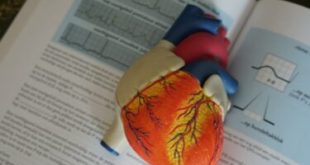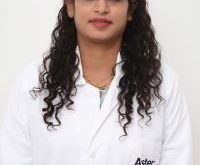By Dr Niranjan Nayak, Consultant pathologist zonal technical chief west, Apollo diagnostic Pune
 Are you aware? Non-invasive Prenatal Testing (NIPT) means a screening test that can be done commonly in the first 3 months of pregnancy to detect chromosomal abnormalities in the baby. This test detects the 3 commonly occuring chromosomal abnormalities and sex chromosomal abnormalities.
Are you aware? Non-invasive Prenatal Testing (NIPT) means a screening test that can be done commonly in the first 3 months of pregnancy to detect chromosomal abnormalities in the baby. This test detects the 3 commonly occuring chromosomal abnormalities and sex chromosomal abnormalities.
Cell-free DNA fragments (cfDNA) are found circulating in mother’s blood. These cfDNA in mother’s blood represents foetus/es DNA. A sample of the mother’s blood is used to analyze using next-generation sequencing along with bioinformatics to screen/ elucidate foetal chromosomal abnormalities/aneuploidies. Currently, with the advent of NIPT technology, the accuracy of detection of the three most common trisomy conditions at birth (Down Syndrome, Edwards Syndrome, and Patau Syndrome) is almost 100%.
Why one should choose NIPT?
NIPT is a non-invasive option to identify foetal chromosomal abnormalities in pregnancy. This advanced screening test provides easier, cost-effective, less time-consuming ways to screen for foetal abnormalities. It is validated for chromosomes 13, 18, and 21, X, and Y for singleton and twin pregnancies with a gestational age of at least 9 weeks. The test is reliable, robust, and highly accurate with a rapid turnaround time of 7 working days.
How this test is done?
Specialized tubes known as “Streck tubes” are used for collecting blood. These tubes are a 10 ml blood collection tube with a formaldehyde-free preservative stabilizing nucleated blood cells.
Who can opt for this test?
Any pregnant woman irrespective of age, high risk in conventional screening, previous pregnancy with aneuploidy, patient over 35 years.
The last word: Pregnant women with a positive NIPT test result should be referred for genetic counseling and offered invasive prenatal diagnosis for confirmation of test results.
 Newspatrolling.com News cum Content Syndication Portal Online
Newspatrolling.com News cum Content Syndication Portal Online







